#Polypodiophyta
Text
Phylum Round 2

Plants That Can Grow On Walls, Apparently
Polypodiophyta (ferns): If a fractal was a plant. The tallest tree fern, Cyathea intermedia, can grow up to 100 feet (30 meters) tall.
Broyphyta: a moss-like moss plant. Have been used as insulation, wound dressings, and to absorb menstrual fluids.
#polypodiophyta#bryophyta#plant taxonomy showdown#battle of the plants#phylum round 2#phylum#plant bracket#tumblr bracket#bracket tournament#poll bracket
66 notes
·
View notes
Text
None of you thought it might be important to tell me that ferns have sperm that swim???
So.
None of you thought it might be important to tell me that ferns have sperm that swim??? I just had to find all this out on my own?

And, (apparently, & no one thought to bring this up either🙄) fern plants are only one form… they have this 'other form' (tiny, ephemeral, difficult to find in the wild) alternates generations-- Fern spores don't grow into ferns! (WHAT) they grow into 'gemetophytes' (WHAT) THEN you get a fern.
Feel like I've uncovered a massive scandal.
#plants#biology#reproduction#ferns#spores#gemetophytes#sporophyte#learning#meiosis#Polypodiopsida#Polypodiophyta#vascular plants#land plants#gametes#seeds#zygote#reproductive cycle
61 notes
·
View notes
Photo
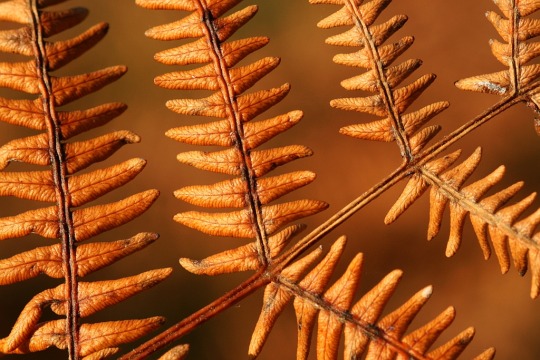
Bracken by nutmeg66 on Flickr.
This work is licensed under CC BY-NC-ND 2.0.
#bracken#fern#ferns#plants#plant blog#plant photography#creative commons#creativecommonsplants#curators on tumblr#landscape#wild#foliage#brown#flickr#Polypodiophyta#Polypodiopsida
21 notes
·
View notes
Text
Polypodiophyta
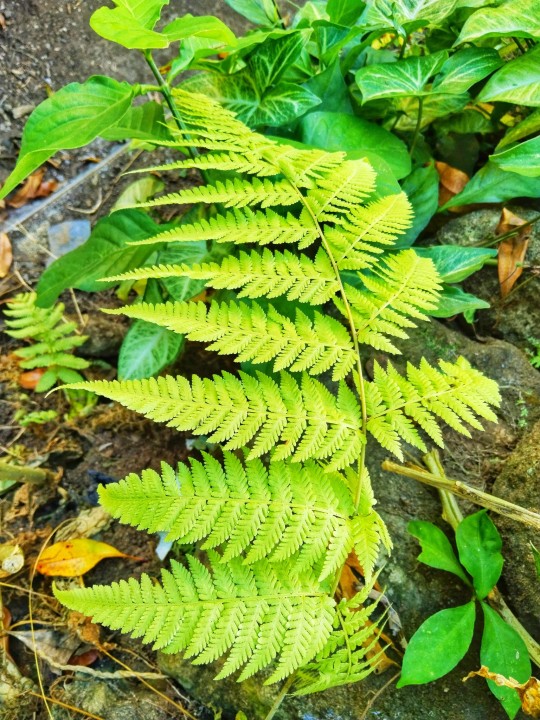
#polypodiophyta#pakis#hujan mimpi#welcome home#artists on tumblr#puisi#puisipendek#sajak puisi#children
0 notes
Text

Dicksonia antarctica
20-JAN-2023
Melbourne, Vic
#australia#victoria#melbourne#australian natives#native flora#fern#tree fern#soft tree fern#man fern#tracheophytes#polypodiophyta#polypodiopsida#cyatheales#dicksoniaceae#dicksonia#dicksonia antarctica#fern frond
0 notes
Text
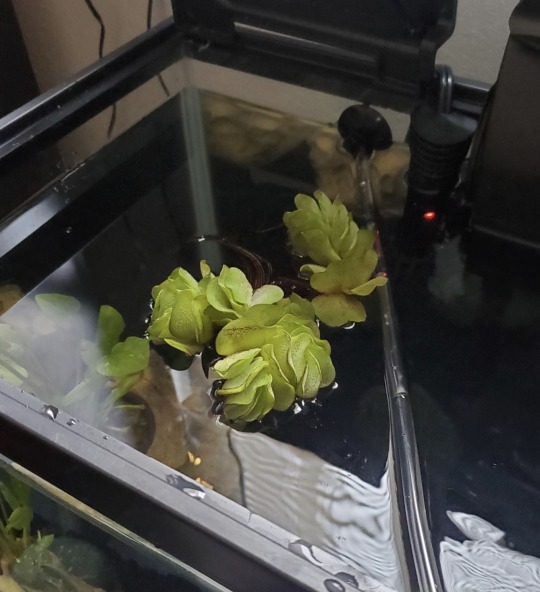
7/29/22
0 notes
Text
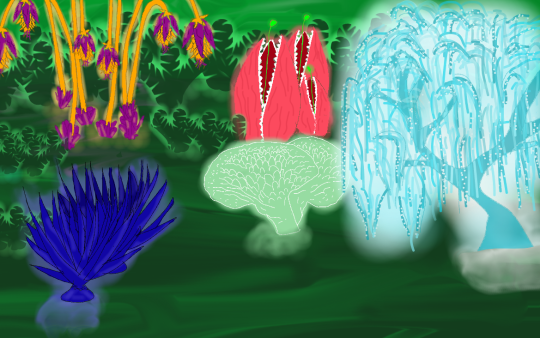
Day 9: ghost zone
Ghostly Flora and Fauna
A guide to common plants
By Ghost Writer and Undergrowth
The various leafy plants are called Polypodiophyta, or Fernals. These are mutations of the human fern plant that found its way here through natural portals. Apart from their glow and edibility, though they are quite bitter, they don’t do much else.
On the upper left, we have the Alta Esculenta, or the Mavor plant. The center orange part is an edible fruit. According to our interviewee, Danny Fenton, they taste “like citrusy mangos with a touch of battery acid.”
Below that we have the Nox Filicus, more commonly known as the Night Fern. This functions much like what Fenton called a ‘sea anemone’ that only allows small blob ghosts near. Any more powerful ghosts will be ‘stung’ and have to receive immediate medical attention lest they want their appearance to become unstable.
In the upper middle we have the Malum Hydriam, the Blob Catcher. As its more common name suggests, it attracts small blob ghosts which it then catches and absorbs.
The one pictured in the lower middle is the Extractus Malus, the common Shroom. This plant helps filter pollution and foreign particles out of ectoplasm.
The one on the right is the Salicum Candentis, the Glowing Willow. These plants are considered sacred and are said to be connected to the core of the Zone itself. Like the common Shroom, it also helps extract contamination. But more importantly it also produces pure ectoplasm and its blossoms can help with medical issues such as calming a ghost down from an obsession trance and helping a ghost who's lost touch with their obsession not retreat into their core.
Most importantly, they are integral to the coronation of new kings. A potion is made using the blossoms and the king to be is to drink it then walk up to the trunk where they will be obscured by the branches. If they walk out then the Zone has accepted them as king and they are imbued with knowledge of the movements of the Zone and an inner sense for navigating the ever shifting islands.
However, this plant is not without its dangers. As stated, it can have a calming effect on ghosts, but if a ghost were to be near to the tree for an extended period of time it would have a soporific effect and the ghost would fall into a deep sleep like trance. The branches would then gradually wrap around the ghost pulling them toward the trunk where it will slowly begin to absorb the ghost leaving only the ghost’s core. Recovery is possible, but will take a long time and the ghost, once emerged from its core, will be back at the strength level of the newly dead.
#danny phantom#dannymay2023#danny fenton#ghost zone#dp fanart#dp fanfic#drabble#ghostly lore#ghostly plants#i can imagine sam curling up to read#among the many ghostly plants#i sure would#imagine reading under a glowing weeping willow
32 notes
·
View notes
Text
I am trying to not express favoritism on the plant showdown blog, but I would actually prefer if either club mosses or ferns get knocked out this round, to reduce my opportunities to type lycopodiophyta when I mean polypodiophyta, or vice versa.
They're plants. Neither of them even have feet.
1 note
·
View note
Text
She is the…
1 note
·
View note
Text
Phylum Round 1
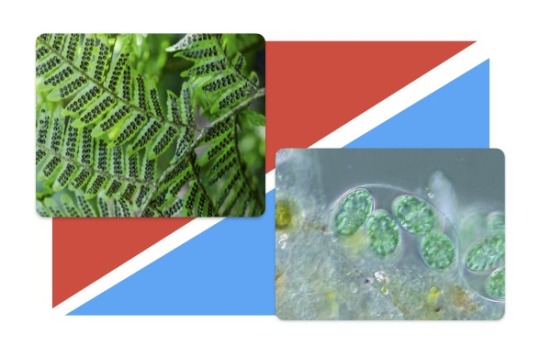
Ferns and Horsetails vs Ancient Algae
Polypodiophyta (ferns and horsetails): Vascular plants that reproduce via spores, not seeds. Ferns tend to thrive in more challenging environments, from shady forests to sides of rocks and acidic bogs. Epiphyte ferns (ferns that grow on trees rather than on the ground) create important invertebrate habitat. Some ferns are grown in rice paddies to fix nitrogen. Horsetails are a “living fossil”, a genetically isolated remnant from a time when their relatives were far more abundant, hundreds of millions of years ago. Some of those lost horsetails grew to 30 m (98 ft) tall.
Glaucophyta: Not red algae, not green algae, but a secret third thing. They prefer freshwater and wet terrestrial (land) environments. There's only 14-26 known species. They were more common in the Proterozoic Era, from 2500 to about 500 million years ago. While other algae have multiple forms of reproduction, glaucophytes only reproduce asexually.
#Polypodiophyta#Glaucophyta#plant taxonomy showdown#battle of the plants#phylum round 1#phylum#plant bracket#tumblr bracket#bracket tournament#poll bracket
50 notes
·
View notes
Photo

Fern by TANAKA Juuyoh (田中十洋) on Flickr.
This work is licensed under CC BY 2.0.
#fern#ferns#plants#plant blog#plant photography#creative commons#creativecommonsplants#curators on tumblr#green#foliage#landscape#cultivated#flickr#Polypodiophyta#Polypodiopsida
11 notes
·
View notes
Photo
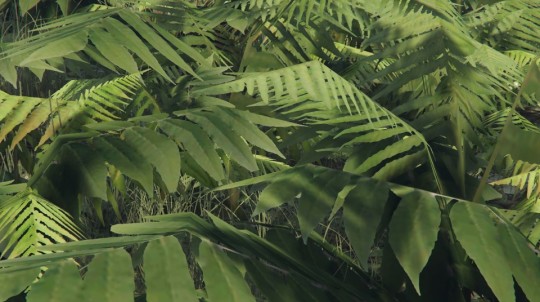
#Chiliad Mountain State Wilderness#Snapmatic#iFruit#Social Club#GTAV#Grand Theft Auto V#Rockstar Games#Rockstar Advanced Game Engine#PS4#No Filter#Photography#In Game Photographer#In Game Photography#Flore#Fern#3D Fern#Polypodiopsida#Polypodiophyta#itinerance750
2 notes
·
View notes
Photo
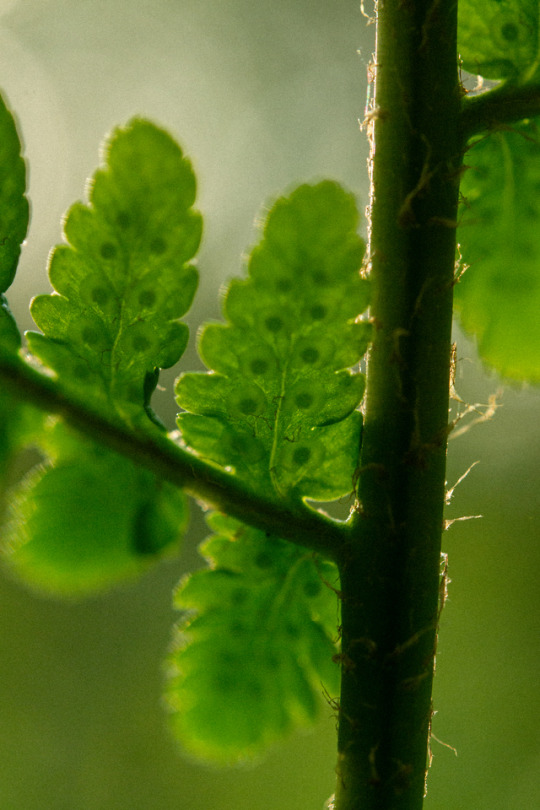
Dryopteris filix-mas (L.) Schott
2 notes
·
View notes
Text

7/29/22
0 notes
Photo

Short translation:
- I’ll burn you
- Lol (but in smart pronounce)
coop with @polypodiophyta-pics
#tes#teso#eso#The Elder Scrolls#The Elder Scrolls Online#elder scrolls online#vanus galerion#vanus#Mannimarco#The King of Worms#king of worms#altmers#elves#friendship is a miracle#art#collaboration
55 notes
·
View notes

